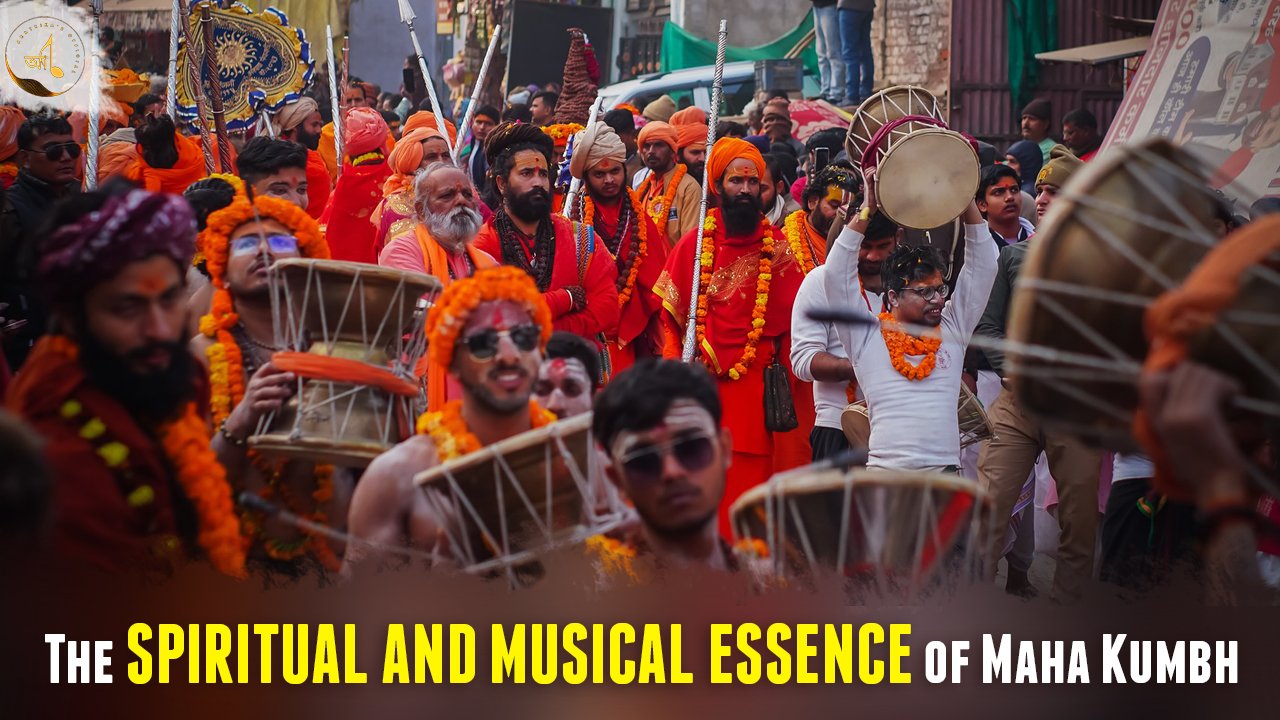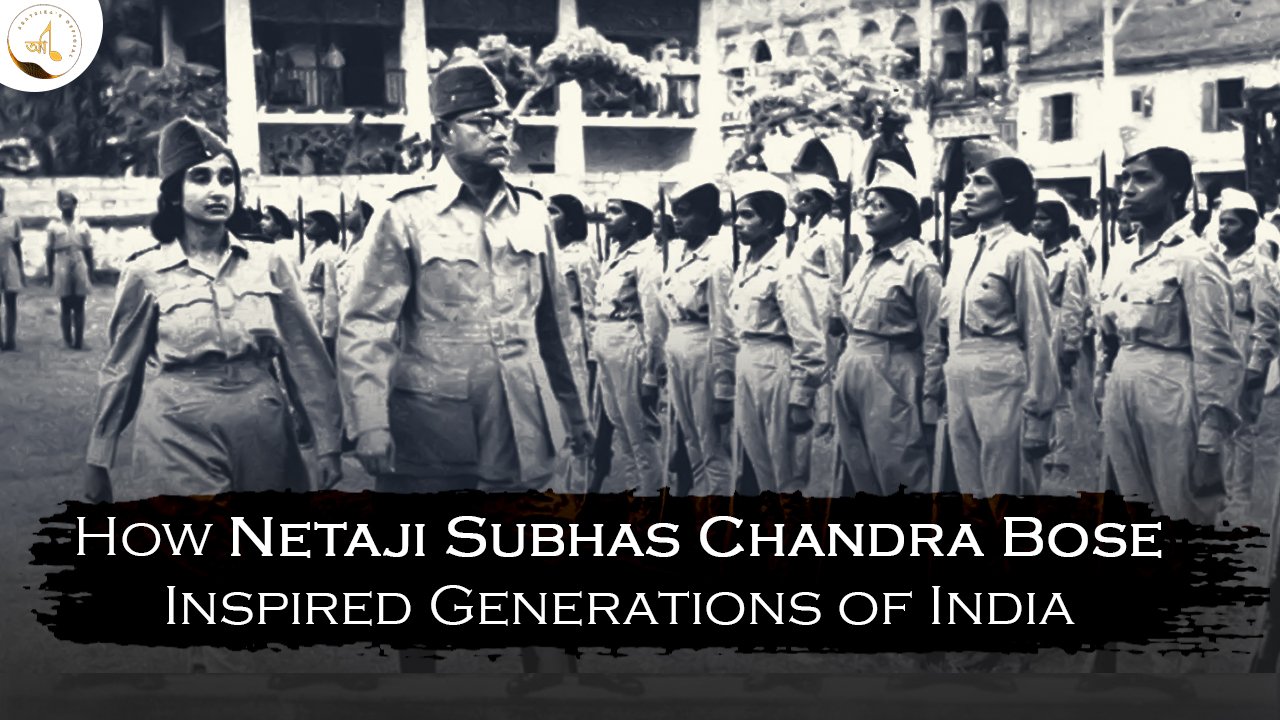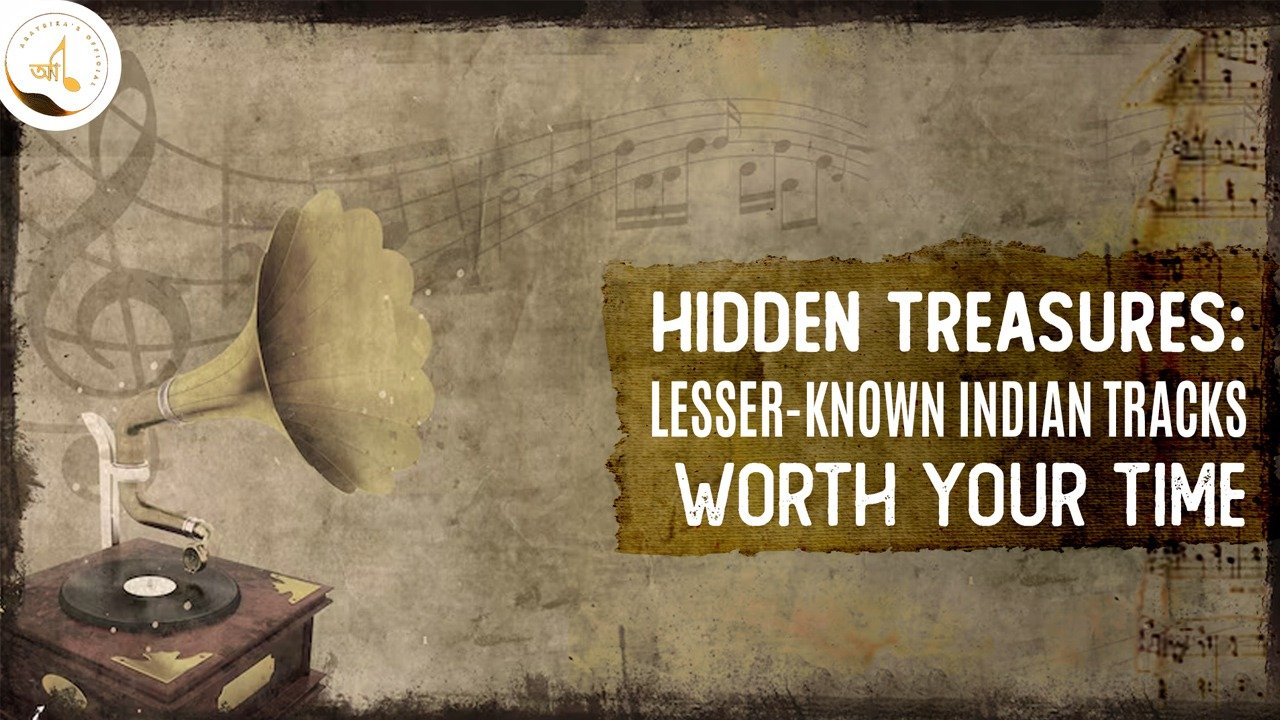The sarod is a stringed instrument that is primarily used in Hindustani music on
the Indian subcontinent. Along with the sitar, it is among the most popular and
prominent instruments. It has a deep, weighty, introspective sound, as opposed
to the sitar's sweet, overtone-rich texture, with sympathetic strings that give it a
resonant, reverberant quality. As a fretless instrument, it is capable of producing
continuous slides between notes known as meend (glissandi), which are
important in Indian music.
Many Indian classical music scholars believe that the sarod is a hybrid of the
ancient chitravina, mediaeval Indian rabab (aka seniya rabab), and modern
sursingar. Some scholars even believe that a similar instrument existed around
two thousand years ago in ancient India during the reign of the Gupta kings.
Indeed, a Gupta period coin depicts the great king Samudragupta playing the
veena, which many consider being the forerunner of the sarod. Traces of similar
Rabab-style instruments can still be found in southern India, particularly in
Tamil Nadu, Kerala, and Karnataka, where it is known as the swarbat.
The folk rabab, a popular instrument in north India, had a wooden fingerboard,
silk, cotton, or gut strings, and was played with a wooden pick. In the past, there
was also mention of a Sharadiya Veena, from which the name Sarod was
derived. The sarod is also thought to be related to the Afghan rubab, a similar
instrument that originated in Central Asia and Afghanistan.
In Persian, the word sarod roughly translates to "beautiful sound" or "melody."
Although the sarod has been dubbed a "bass rubab," its tonal bandwidth is
significantly greater than that of the rubab, particularly in the middle and high
registers. According to Lalmani Misra's Bharatiya Sangeet Vadya, the sarod is a
hybrid of the ancient chitravina, medieval rubab, and modern sursingar. There is
also the sur-rabab, which combines the characteristics of the dhrupad
rabab/seniya rabab and the sarod. The sur-rabab has the same structure as the
dhrupad rabab, but it has a metal fretboard and uses metal.
Among the many conflicting and contested histories of the sarod, one claims
that it was invented by the ancestors of today's sarod maestro, Amjad Ali Khan.
Mohammad Hashmi Khan Bangash, an ancestor of Amjad Ali Khan, came to
India with the Afghan rubab in the mid-18th century and became a court
musician to the Maharajah of Rewa (now in Madhya Pradesh). His descendants,
most notably his grandson Ghulam Ali Khan Bangash, a court musician in
Gwalior, were responsible for transforming the rubab into the sarod we know
today. A competing theory attributes the same innovation to descendants of
Madar Khan, specifically Niyamatullah Khan, around 1820.







bv哪裏買最便宜 bottega veneta bv 包 bv 官網 bottega veneta 台灣官網 bv 包包 bottega veneta 包包 bottega veneta 台灣門市 bv 編織包哪裏買最便宜 bv cassette bv bag 編織包 bv bv 斜背包 bv 側背包 bv 後背包哪裏買最便宜 bottega veneta bag bv 包包官網 bv 專櫃 bv 肩背包 bv 雲朵包哪裏買最便宜 雲朵包 bv bv 編織包官網 bv 中文官網 bottega veneta 雲朵包 bottega veneta 云朵包 bv 雲朵包價錢 bv 手提包哪裏買最便宜 bottega veneta 手提包 bottega veneta 編織手提包 bv 手提包男 bv 男斜背包 bv 編織斜背包 bv 斜背 bv 斜背包男 bottega veneta 斜背包 bv 斜背包女 bv 托特包 bv 皮夾 bv 短夾 bv 卡夾 bottega veneta 皮夾 bv 零錢包 bv 皮夾官網 bv 皮夾男 bottega veneta 皮帶 bv 皮帶 bv 小包 bv 包男 bv 胸包 bottega veneta 手環 bv 名片夾 bv 證件套 bv 手機殼 bv 手環 bv 鑰匙圈 bv 拖鞋 bv 鞋 bv 女鞋 bottega veneta 皮鞋 電子菸 relx relx 電子菸價格 relx 電子菸台灣 電子菸主機 悅客電子菸 relx 煙彈口味推薦 relx 煙彈哪裡買 悅刻煙彈口味 relx 煙彈購買 relx 煙彈台灣 2025年Bottega Veneta包包潮流:BV編織技術與斜背包的魅力演變
Leave a reply